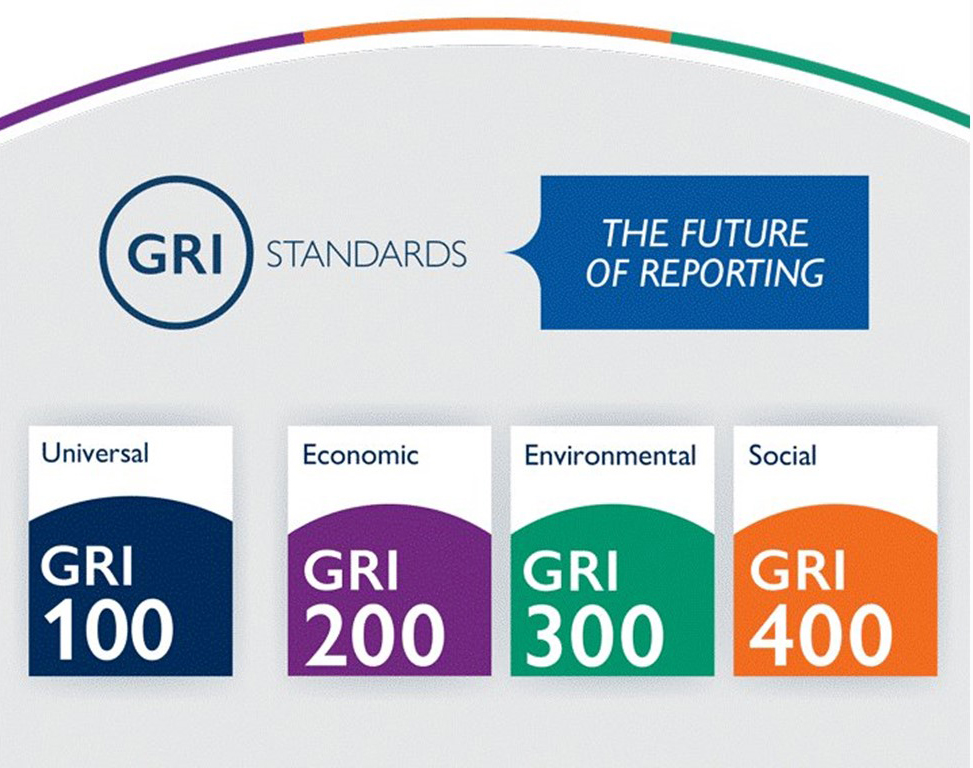Materiality matters! Using GRI, SDGs or both?
Materiality is a key concept in the discussion about sustainability strategies and reporting. It was originally outlined by AccountAbility in their first Standards, and the Global Reporting Initiative (GRI) has since built its framework on the same principle.
“Relevant topics, which potentially merit inclusion in the report, are those that can be reasonably considered important for reflecting the organisation’s economic, environmental, and social impacts, or influencing the decision of stakeholders.”[1]
This two-dimensional view of materiality is challenging for many organizations. Some forget to assess the impact and focus solely on the “importance for stakeholders and the organisation” – this is wrong, although it is still tolerated by GRI.
Now, with the new trend of using the UN Sustainable Development Goals (SDGs) in reporting, the materiality approach has become even more of a challenge. When looking at the SDGs, how does one identify and choose which of them are material? To solve this task, GRI has published three reports in collaboration with different organisations and has prepared a training module, ‘How companies can use the UN Sustainable Development Goals for sustainability reporting’. The module provides a more in-depth understanding of the SDGs and explains how SDG targets can be linked with GRI disclosures.
What about applying the materiality principle? Was everything clear after reading the three publications and attending the training on SDG reporting? No? Your expectations were not met? Perhaps you were even more confused?
Well, there are three ways through which the materiality principle can be applied when using the SDGs for sustainability reporting:
- Companies use the GRI framework to define the material issues and then map them against the 17 SDGs. This is what most companies do.
- Companies select material SD Goals and Targets based on the assessment of risks and opportunities within the value chain and use other standards for reference.
Companies draw two materiality matrices and report on material topics according to GRI and relevant SDGs.
Here, we would like to make a fourth suggestion for a combined approach of integrating GRI topics and SDGs in one comprehensive system.
- Start the process by becoming familiar with and developing a good understanding of the existing standards and frameworks. Top management also needs to be familiarised with the SDG language.
- Focus on specific topics, such as emissions or child labor, and prepare a list of relevant topics that can be presented to stakeholders. For this reason, the GRI list of topics must be enlarged by other topics from the SDGs that are not covered in the GRI framework (GRI gaps).
- Do a proper materiality matrix, taking into consideration all relevant topics. Your own topics, which are neither in GRI nor SDGs, can be included. It is important to consider the stakeholders’ opinions, as well as the assessment of the environmental, social and economic impact. These external impacts are not to be confused with the importance for the organisation!
- Select the material topics according to the GRI Standards methodology, giving equal treatment to topics from GRI, SDGs, other standards and your own topics.
- Based on this materiality analysis, you can then isolate the SDGs and prioritise those that are most material to your organisation. You can choose your top three to five SDG Targets where impact and interest from stakeholders are greatest.
These five steps may help you wade through the general confusion of materiality and the different standards, ultimately helping you to finally report on what matters most!
Please feel free to connect with us to share your own ideas about and experiences with materiality.
[1] GRI 101: Foundation 2016, p. 10.



